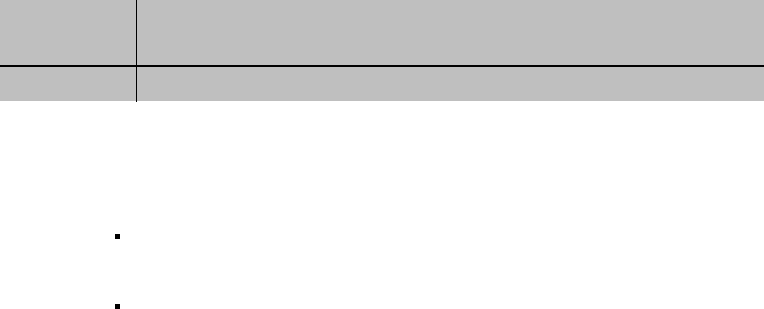
12
CHAPTER 1
Technical overview
1
1
Resolution and interlacing
Two of the elements that determine the quality of a TV picture are resolution and
interlacing.
Resolution: For TV equipment and broadcasts, resolution is defined by the number of horizontal lines displayed to make up
each frame of a video image. The more lines of resolution used to draw each frame of video, the more detailed
and sharp the picture will be. Standard TV resolution uses 480 horizontal lines to make up each frame of video.
HDTV uses either 720 lines, or 1080 lines to make each video frame.
Interlacing: When TVs display video, they display a new video frame at a rate that is faster than your eye can see (from 24 to 60
frames per second, depending on the TV and broadcast). Interlacing refers to whether each of those frames contains
all of the lines of video for each frame or every other line. Interlaced signals take every other line from 2 frames of
video (each lasting 1/60th of a second), and combine them into one frame lasting 1/30th of a second. In this way,
interlacing tricks your eye into thinking it is seeing twice the resolution that is actually being displayed.
In non-interlaced video, (referred to as progressive scan video), video frames are displayed every 1/60th of a second
containing all of the lines of video information for each frame.
The specifications for video resolutions are usually stated by giving the number of
horizontal lines, followed by either the letter i, for interlaced video, or p for progressive
scan video. Most standard TV broadcasts are 480i (480 lines of interlaced video
resolution). Some DVDs and non-HDTV digital TV broadcasts use 480p.
The ATSC specification for HDTV broadcasts and equipment requires either 1080i or
720p. While there is some debate as to whether it is better to have more lines that are
interlaced (1080i), or fewer lines that are progressively scanned (720p), it is generally
accepted that 1080i is the highest quality video format.
Video output/input options
The DIRECTV
®
HD Receiver is able to receive broadcasts in any of the resolutions
mentioned above. It can also display programs on TVs capable of displaying any of
those resolutions.
To set up your DIRECTV
®
HD Receiver to handle the combinations of incoming video
formats and TV display capabilities, you simply set the Resolution button on the front
panel to match the highest resolution your TV is capable of displaying. (If you’re not sure
about your TV’s resolution, see your TV’s manual for this specification.)
The DIRECTV
®
HD Receiver will then do the appropriate conversion from input signal
format to display format.


















